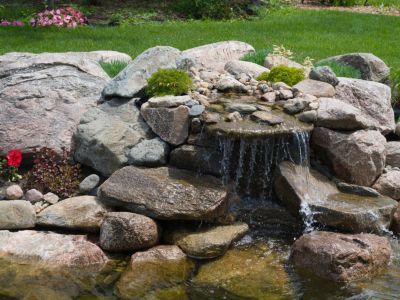What is the Characteristic of a Microclimate?
A microclimate is a small area within a climate zone where the climate is slightly different from the zone predictions. A good example of a microclimate that is fairly large would be a valley where cold air settles. The temperature may be several degrees cooler than your zone maps indicate. Large bodies of water or urban area temperatures may also provide causes of a microclimate to form. In your home garden buildings, fences, ponds, and patios all contribute to what is the characteristic of a microclimate. For a basic example of a microclimate in your yard, think of moisture and shade. Using just these two factors can show you how to make a microclimate work in your garden. The following are each an example of a microclimate:
How to Make a Microclimate
Take a look around your yard at the areas described above. What is a characteristic to microclimate that you can modify or enhance? Can you build a rock garden in that dry sunny place? Large rocks or boulders absorb heat during the day and release it at night. They can be used to block the wind. A plant from a warmer zone might be able to survive in such a place. Choose plants that might benefit from creating microclimates in small pockets of your yard. You might extend your growing season by planting frost tender plants on the south side of your house using the sun and shelter of the building in creating a microclimate for them. With a little time and thought, you can figure out how to make a microclimate work for you and your garden.
